Select a province & language
Entrance to this website assumes you have read and agree to these Legal Terms and Conditions and the Privacy Policy.
Entrance to this website assumes you have read and agree to these Legal Terms and Conditions and the Privacy Policy.
Next time you’re out admiring your Toyota, take a look at the tires. Those letters and numbers you see are important indications of what you should look for when buying new tires. Here’s a quick look at tire sizes and ratings and what all those numbers mean:
A common tire size is P225/65R17. Confusing, right? Let’s break this down a bit more:
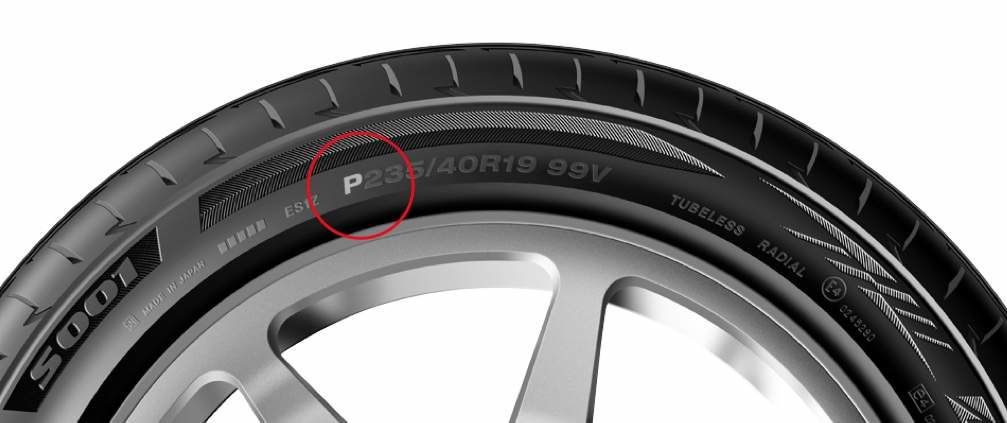
Tire type: Your tire will start with a letter explaining the tire type. A P refers to a Passenger car tire.
Tire width: The next number, such as 235mm, is the width of your tire from side wall to side wall, and determines the width of the rim your tires are mounted on.
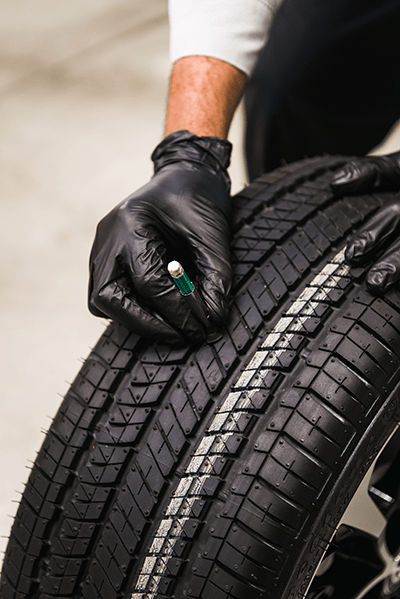
Aspect ratio: the next number, such as 40 or 65, refers to the height of the sidewall as a percentage of the width.
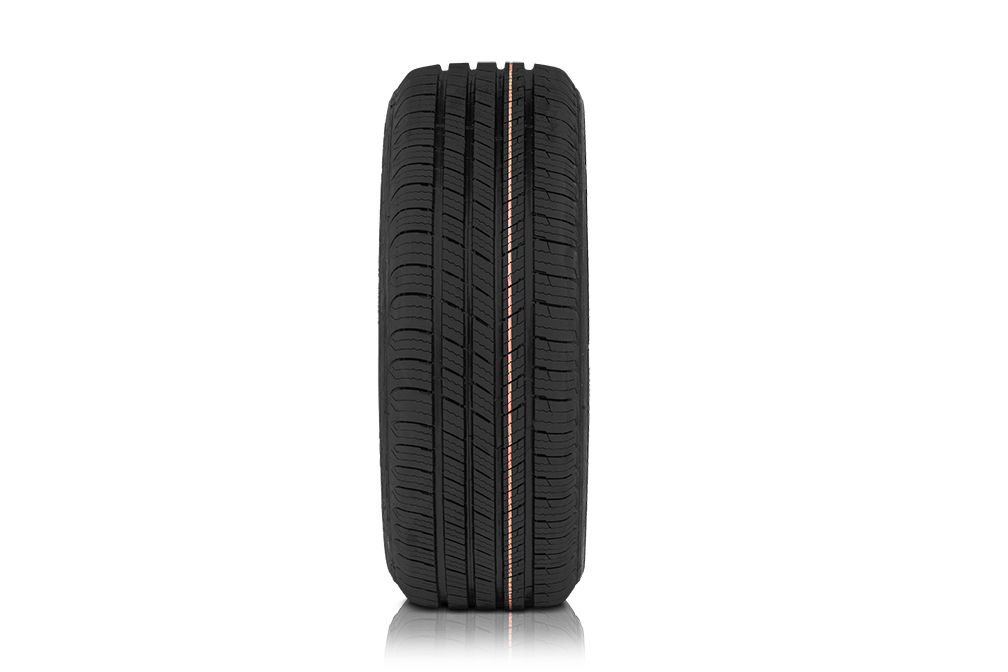
Tire design: the letter R indicates that this is a Radial tire, which is designed for strength and fuel efficiency.
Tire diameter: this number, such as 17 or 19, refers to the inside diameter of the tire in inches and determines the size of wheel the tire has to be mounted on.
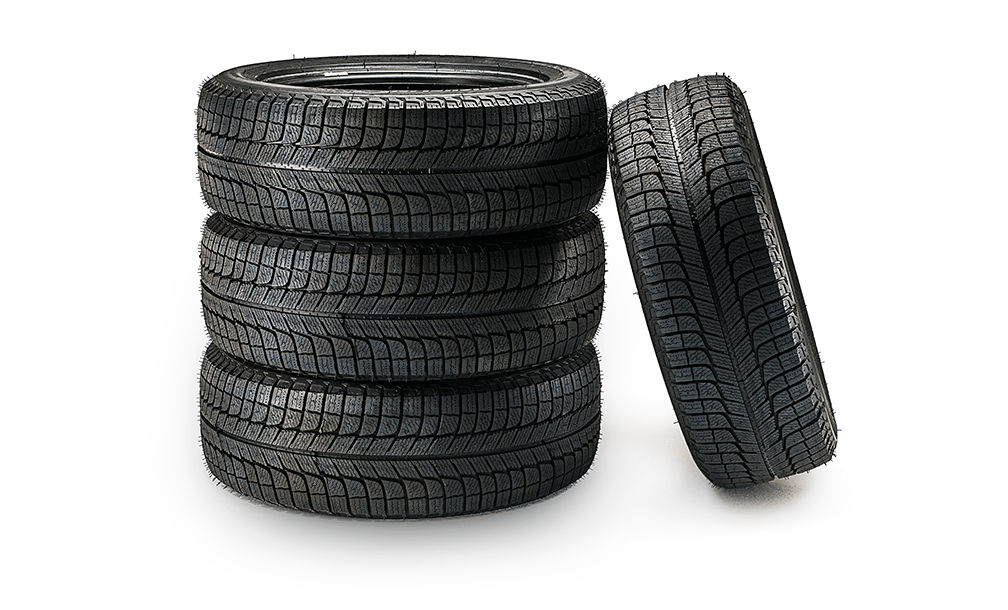
Just after the tire size are some more numbers, commonly 100T. The 100 is the tire’s load index, and in the case of 100, it means by itself a properly inflated tire can hold up 800 kilograms (1,764 lb.). Four tires can hold 3,200 kilograms, which for many vehicles provides plenty of capacity for holding up the vehicle and anything that might be inside.
With each increase by one, such as 100 to 101, you would increase the load capacity of the tire by 25 kg (55 lb.).
Following the load index is a capital letter. In the example above, it’s T, for 190 km/h. This is the speed rating of the tire, which can range from 160 km/h to 300 km/h or more.
The letters progress as follows:
| Load Index | Speed Rating | Tire Types |
| H | 210 km/h (130mph) | Sport sedan and coupe tires |
| L | 120 km/h (75 mph) | Off-road and light truck tires |
| M | 120 km/h (81mph) | Temporary spare tires |
| N | 140 km/h (87 mph) | |
| P | 150 km/h (93mph) | |
| Q | 160 km/h (99mph) | Studless and studdable winter tires |
| R | 170 km/h (106 mph) | H.D. light truck tires |
| S | 180 km/h (112 mph) | Family sedan and van tires |
| T | 190 km/h (118 mph) | Family sedan and van tires |
| U | 200 km/h (124 mph) | |
| V | 240 km/h (149 mph) | Sports sedan, coupe and sports car tires |
| W | 270 km/h (168 mph) | Exotic sports car tires |
| Y | 300 km/h (186 mph) | |
| Z | 240+ km/h | Exotic sports car tires |
Tire speed ratings R and S are typically related to other functions of the tire, such as winter or off-road tires.
It’s important to remember these are the speeds, under optimal conditions, at which the tires will not tear themselves apart. They are not guarantees you can safely drive at those speeds. P-rated tires are rare.
Another number on the sidewall will tell you when the tire was manufactured. For example, if this number reads 4618, it means the tire was made during the 46th week of 2018.
M&S, for mud and snow, is a misleading symbol, as it doesn’t really indicate a tire suitable for use as a winter tire. The mountain and snowflake symbols guarantee the tire met certain minimum standards for cold-weather traction, performance in snow and on ice.
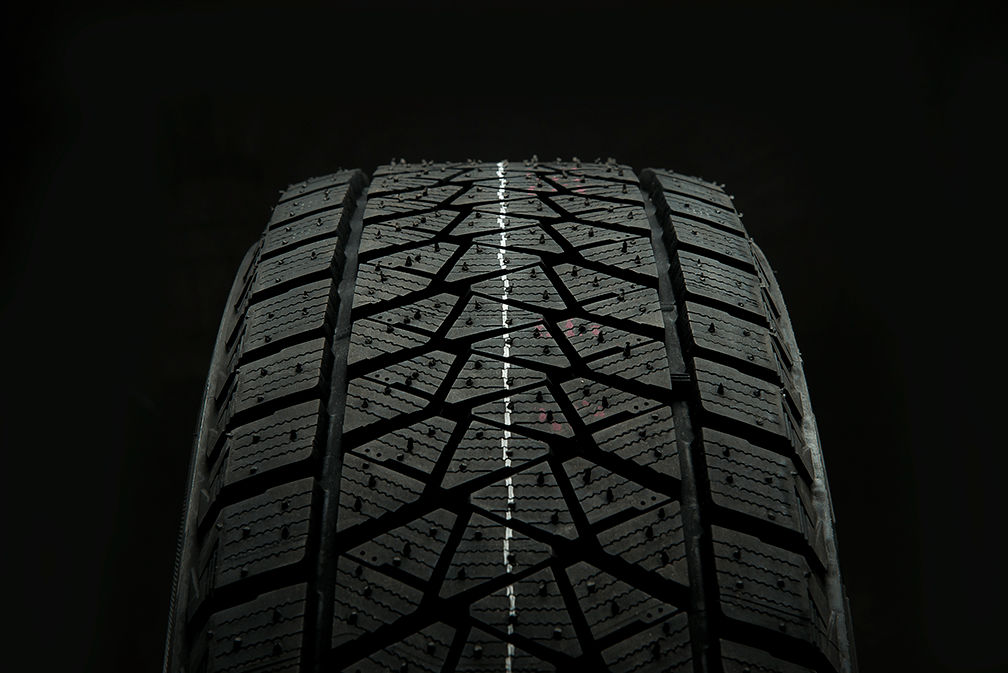
Most all-season tires come with the M&S symbol, while only true winter tires come with the mountain and snowflake. Winter tires are designed to perform optimally in both snowy conditions and cold temperatures, providing the performance and safety you expect. In fact, they’re recommended as soon as average daily temperatures drop below 7 degrees Celsius. For passenger vehicles, they are legally required on some B.C. highways after Oct. 1 and in Quebec between Dec. 15 and Mar. 15
This is an important one to point out. If a tire says Max PSI 44lbs, that’s not an indication you should inflate the tire to that number. It’s merely the most the tire is rated to withstand. When inflating your tires, go only by the numbers in your owner’s manual, which have been carefully calculated by the vehicle’s engineers.
Obviously, tires have to fit on the wheels, so the width is critical, but less obvious is the effect on various systems in your Toyota. If your car is specified to ride on P225/65R17 tires, changing to P225/55R17 — which has smaller sidewalls — will throw off your speedometer, which was calibrated based on the diameter of the P225/65R17 tires. It’s also important to choose tires with similar or higher load and speed ratings to avoid the risk of a blowout due to under-rated tires.
Finally, getting the speed rating right is important because tires are under extreme stress when rotating at high speeds. The combination of centripetal force (the force inline with the tire’s rotation) and centrifugal force (the force acting outward from the centre of the wheel) is an important consideration for an engineer who is selecting tire speed ratings.
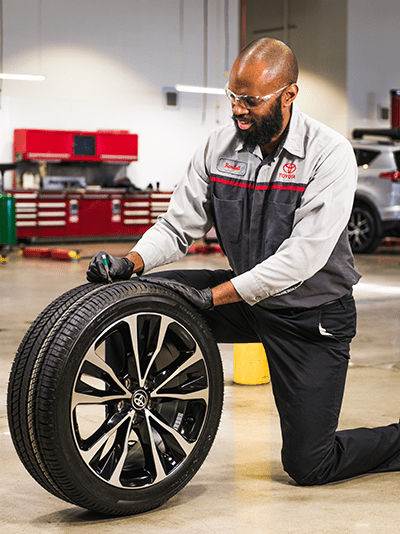
Shopping for new tires can seem to bring about a bewildering array of numbers and ratings and symbols, but understanding the basics and consulting with your certified Toyota technician will help clear up all confusion.
As the only interface between your Toyota and the road, tires are arguably the most critical wear item on any vehicle. Since each tire’s contact patch on the road is about the size of your hand, getting the right tire for the job is important.
Learn More: Visit Toyota's Tire Centre Here